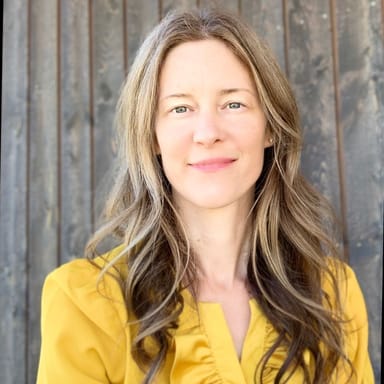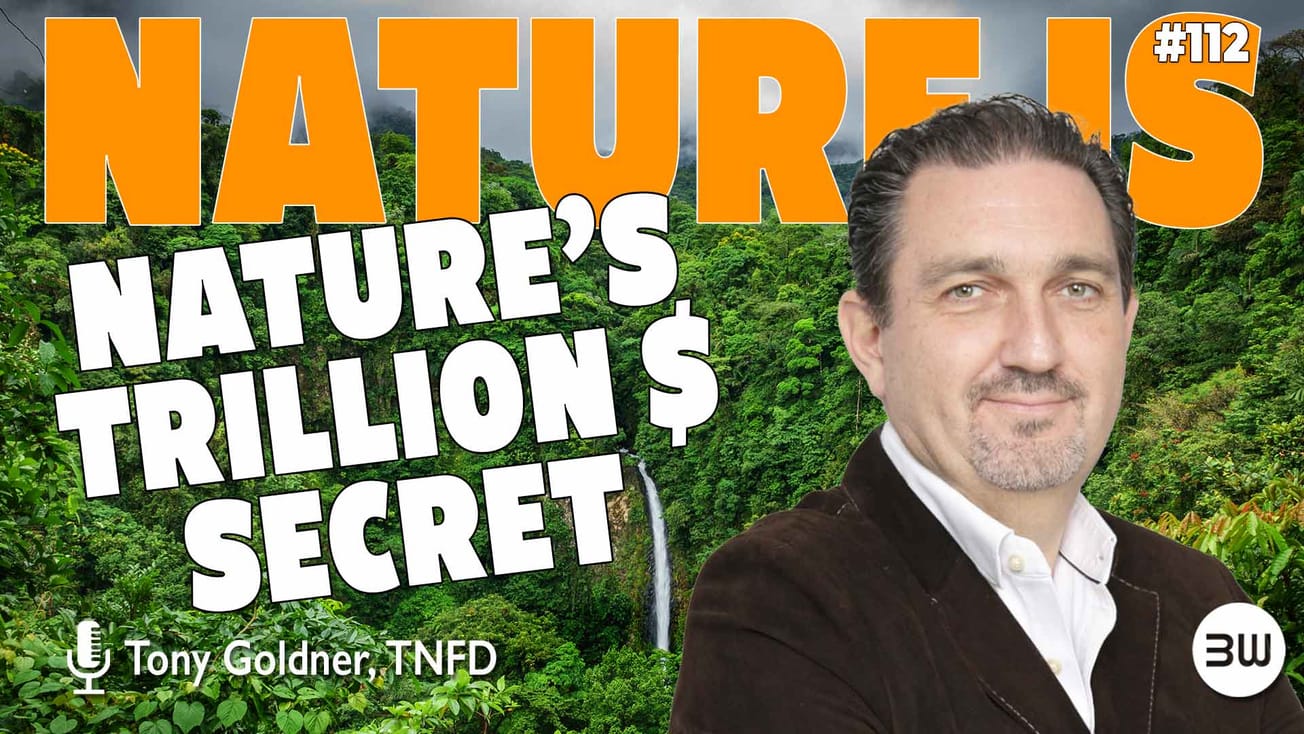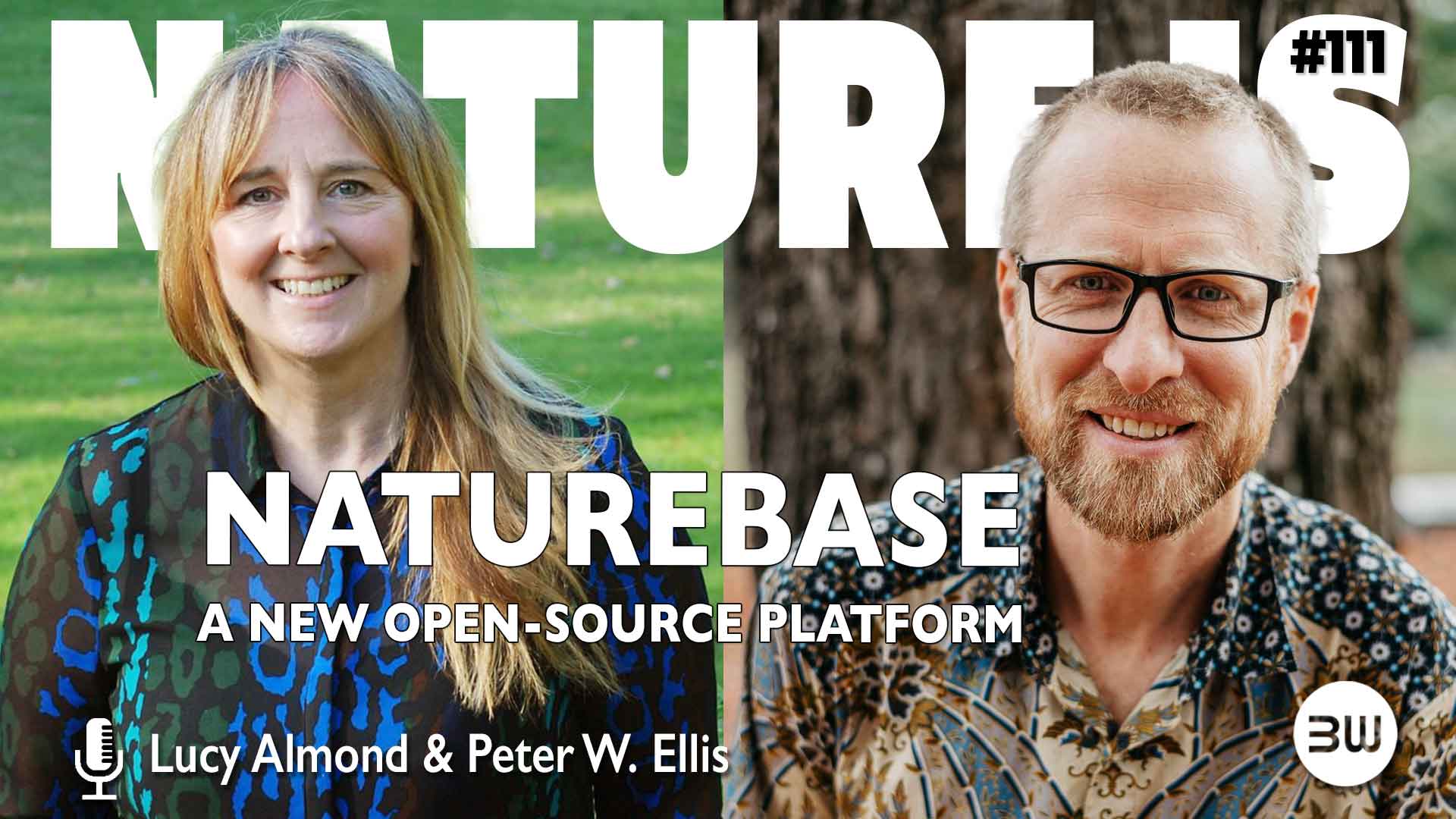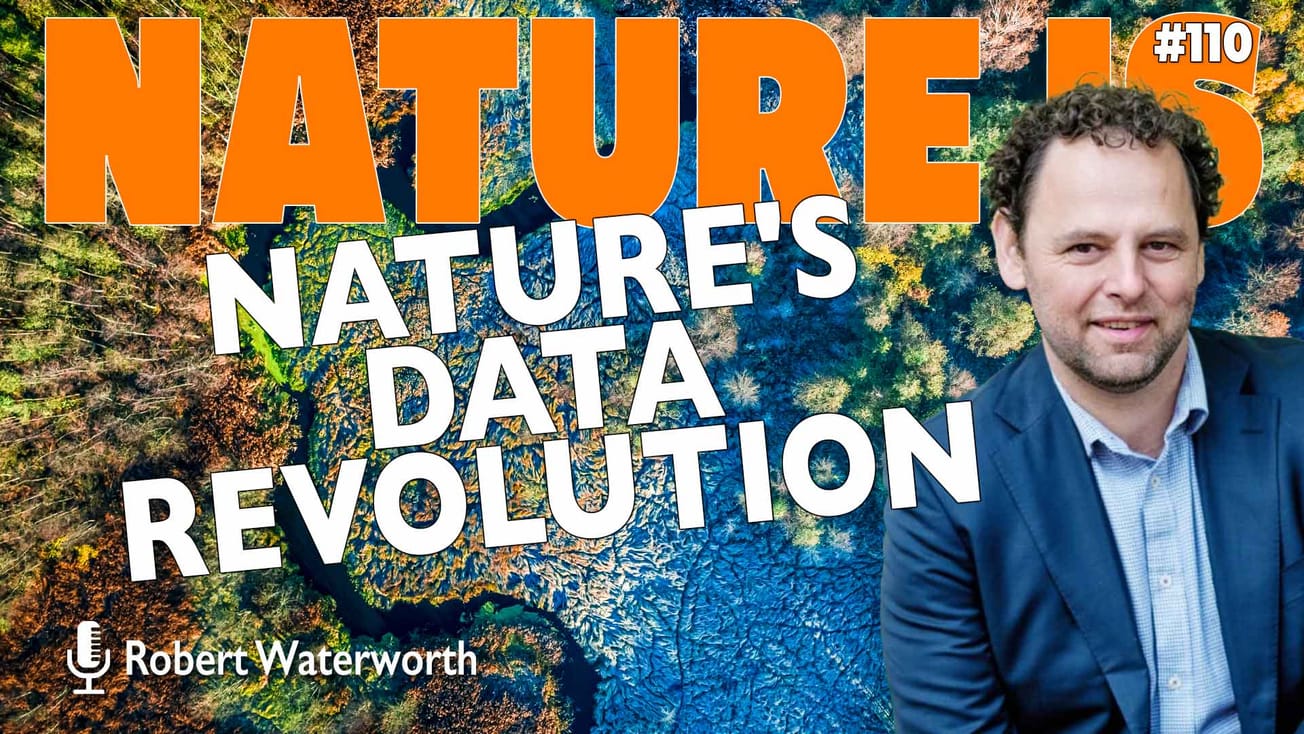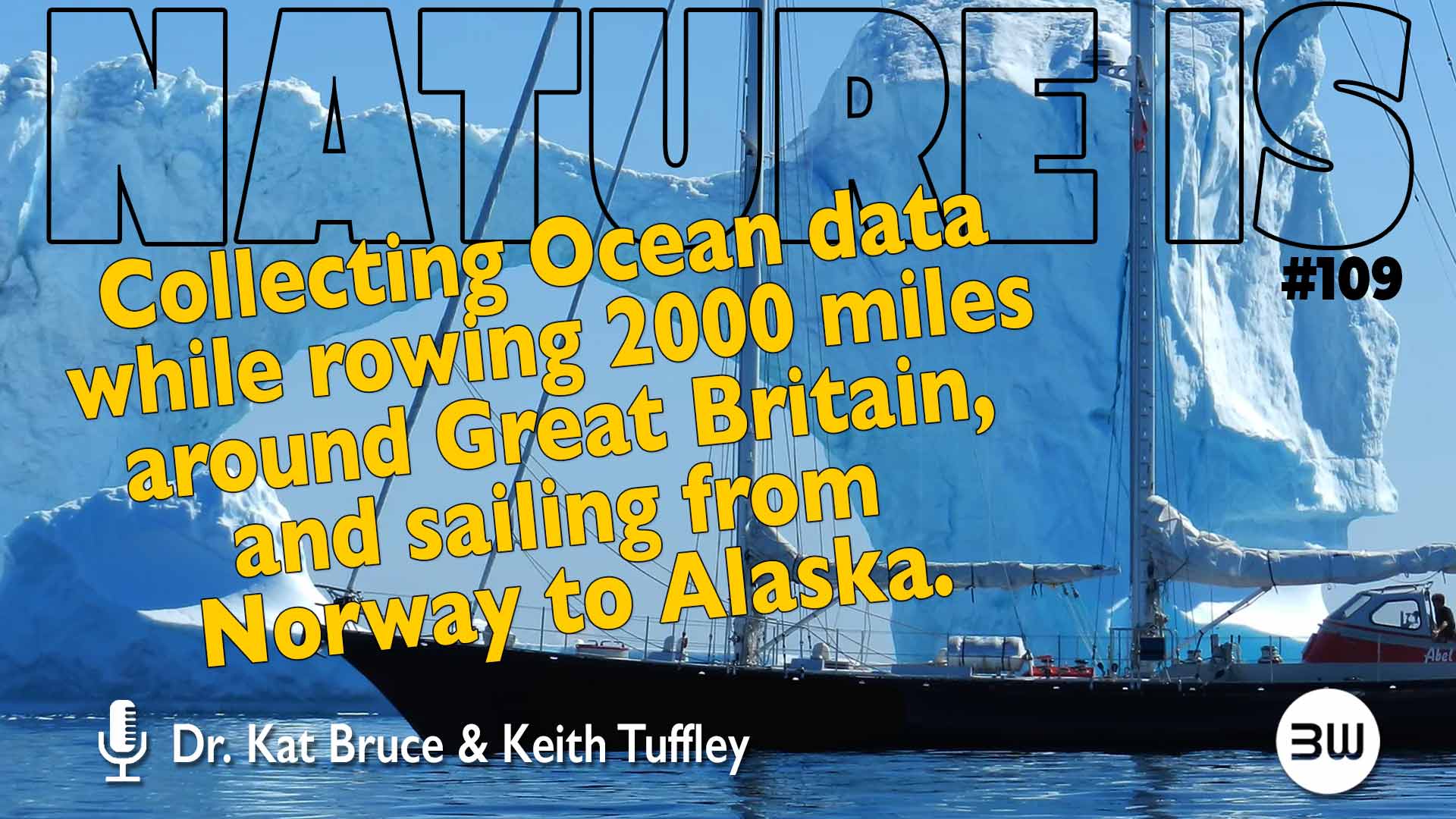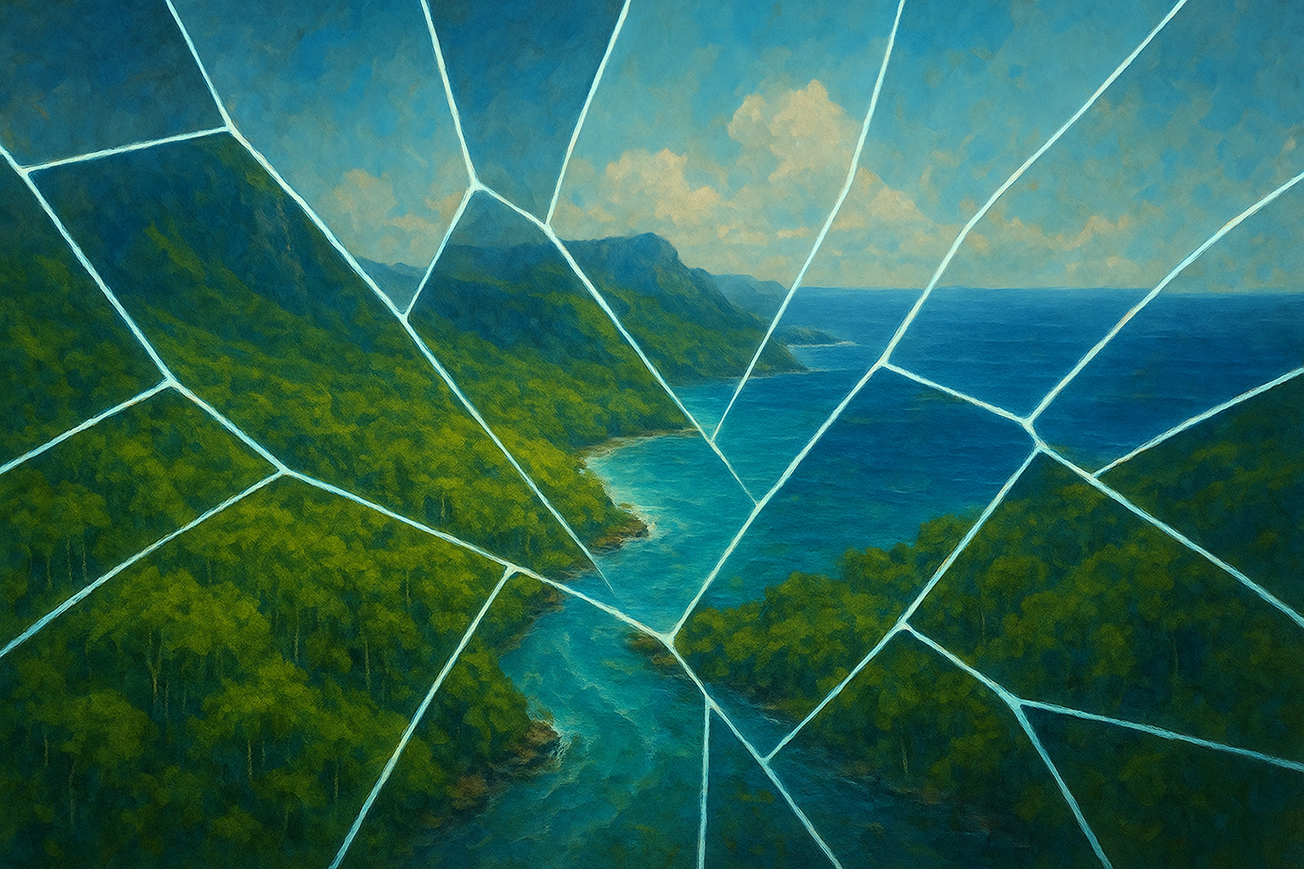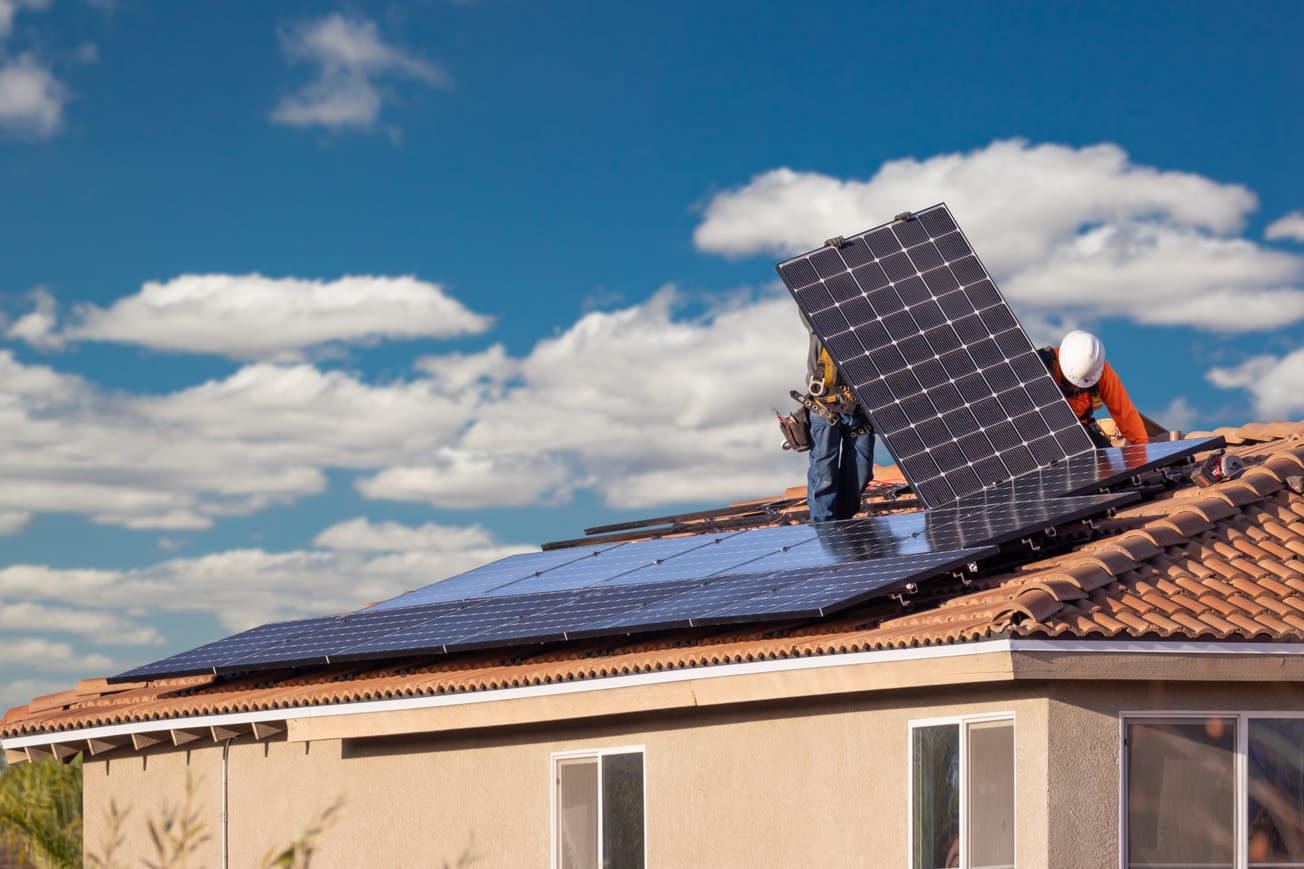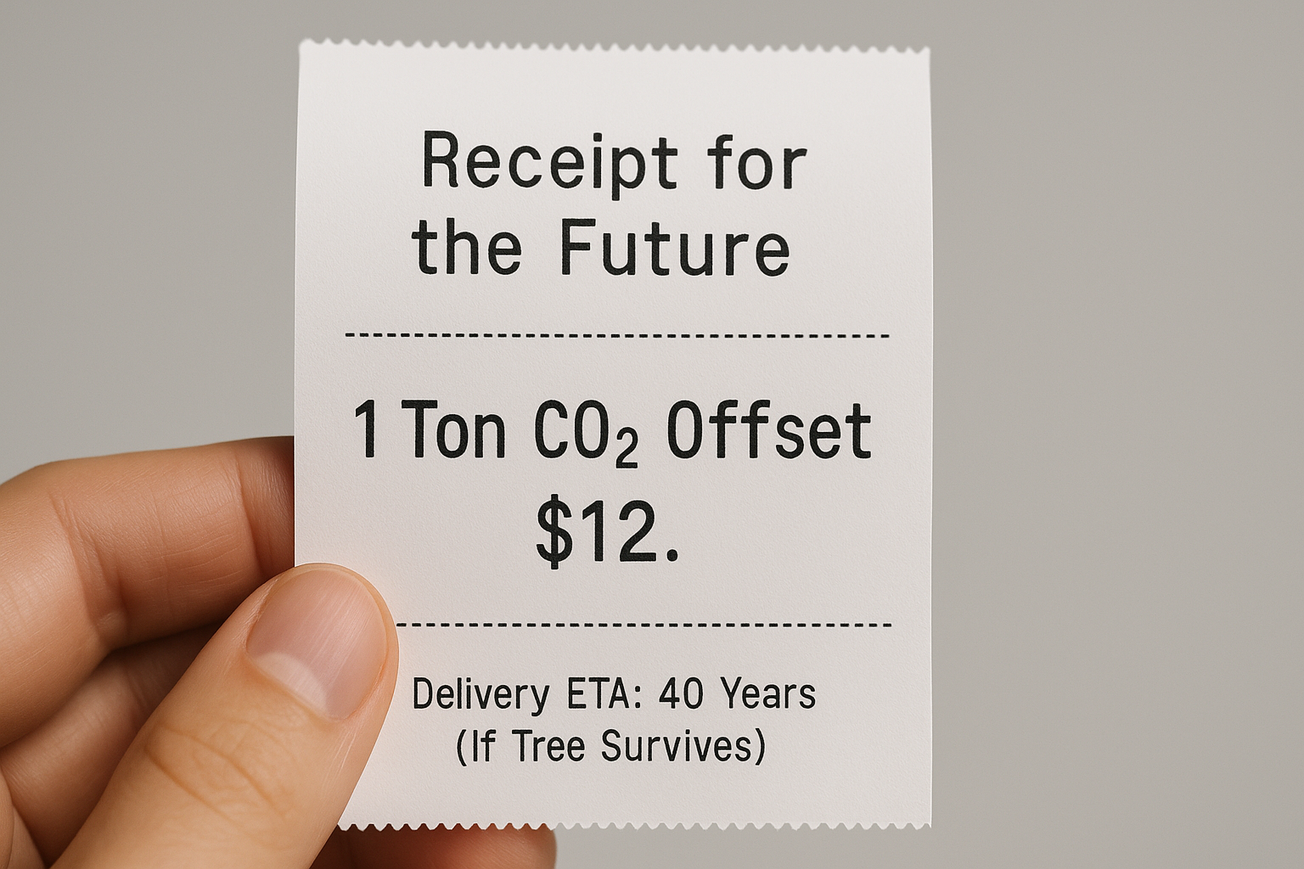Consider these numbers.
Oceans cover 70% of Earth’s surface and hold 16 times more carbon than the terrestrial biosphere.
Coastal habitats account for approximately 50% of the total carbon sequestered in ocean sediments. Seagrasses enable an estimated 17% of the total organic carbon annually buried in marine sediments, and mangrove forests can store 4—10 times more carbon than a tropical rainforest.
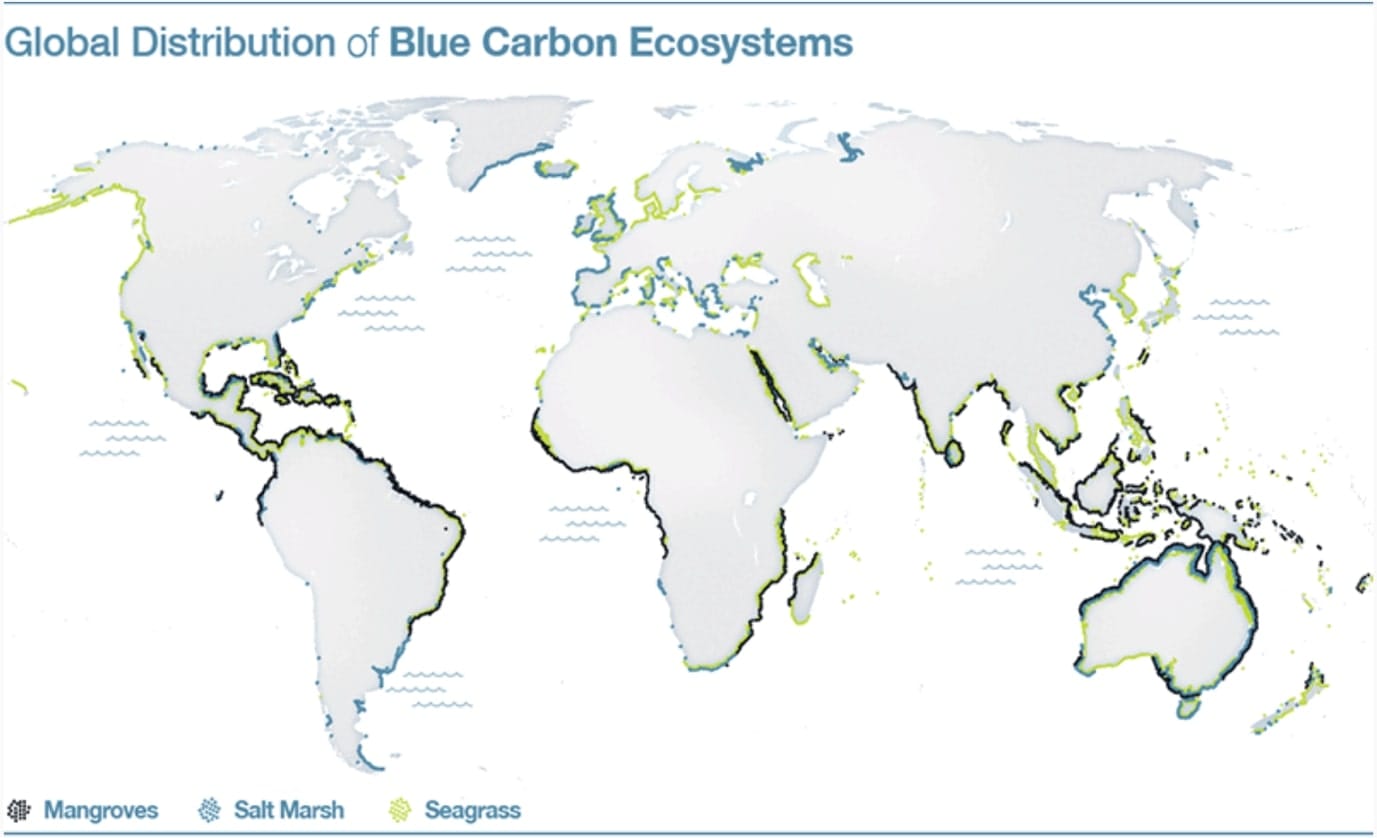
We’ve grown accustomed to hearing about the carbon sequestration potential of above-ground biomass, like trees, but the areas where ocean meets land holds vast potential. Blue carbon ecosystems, which include mangroves, salt marshes, and seagrasses are found along the coastlines of every continent except Antarctica.
Recent studies have found that these marine biomes are more efficient at sequestering and holding carbon than land-based plants and trees, trapping and storing carbon for thousands, if not millions, of years. In addition to their carbon importance, marine ecosystems carry enormous biodiversity co-benefits by providing habitats for aquatic life and threatened species.
Enter Fair Carbon, a Swiss based non-profit that supports stewards of coastal and marine ecosystems to facilitate the growth of high-integrity blue carbon markets. The founders realized the market was underdeveloped, fragmented and inaccessible due to its technical complexity, with only a handful of certified blue carbon projects worldwide. They also discovered the market’s untapped potential to restore ecosystems, combat climate change and support local communities.
For this reason Fair Carbon works to lower the barriers to creating credible and successful blue carbon projects and bridge the gap between local communities, investors, corporations and philanthropists.
Listen or watch the third episode of Nature IS with Diana Denke, CEO & Co-Founder Fair Carbon to learn about the role of the world’s mangroves, tidal marshes, and seagrass meadows play in regulating the health of our planet, and thereby human health.
About Diana
Diana is an avid skier and surfer and splits her time between alpine and ocean environments. Thanks to the human-centric practices Fair Carbon has adopted for employees, time in nature is prioritized and balanced with the important work of the organization.
References from the podcast, and broader inspiration:


